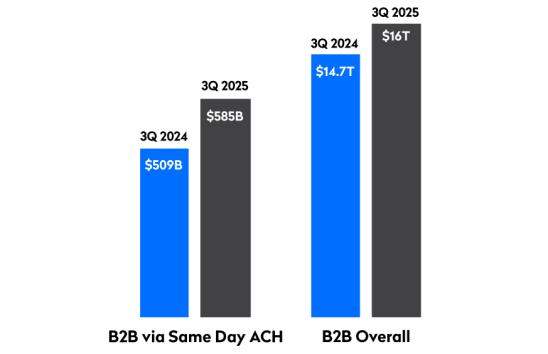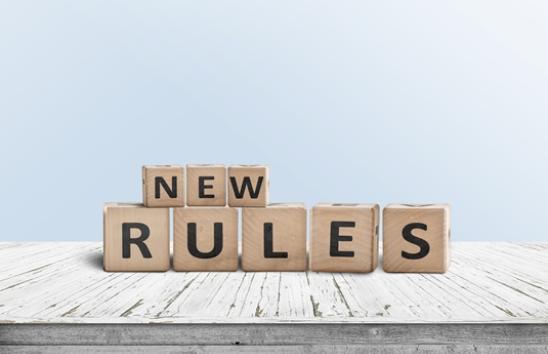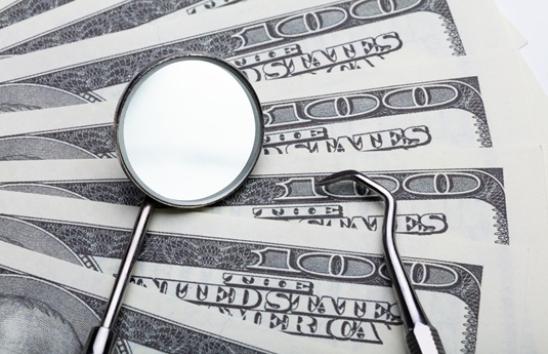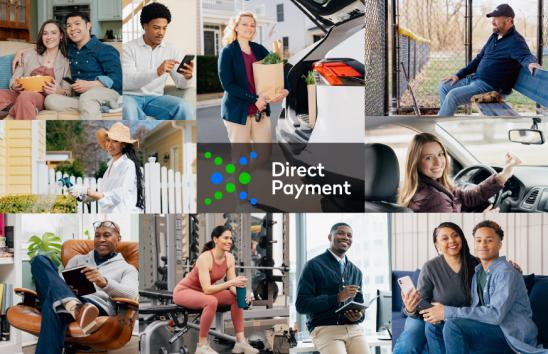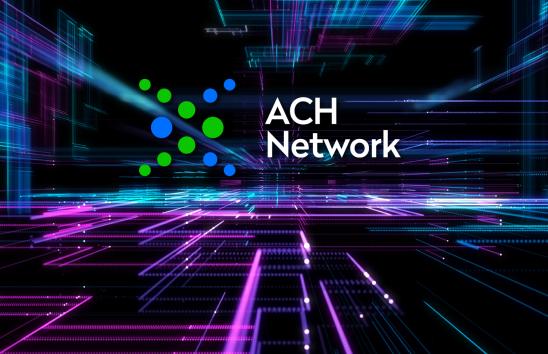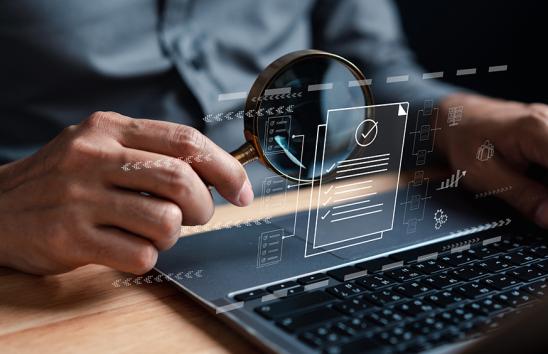How to Eliminate Federal Government Check Payments
Author

On March 25, 2025, the president signed an Executive Order entitled Modernizing Payments To and From America’s Bank Account. The order provides, among other things, that “effective September 30, 2025, and to the extent permitted by law, the Secretary of the Treasury shall cease issuing paper checks for all Federal disbursements inclusive of intragovernmental payments, benefits payments, vendor payments, and tax refunds.” In this article, I first want to provide some additional history and context regarding the phasing out of paper checks for federal disbursements, then provide some thoughts on how the government could accomplish it. I’ll then share some thoughts about receivables – check payments made to the Federal government.
An electronic payment mandate has been official government policy since Jan. 1, 1999 (the so-called “EFT99” mandate). One of my first projects at Nacha in 1998 was working on the public awareness campaign with the U.S. Treasury and the ACH Operators on the EFT99 mandate. The celebrity spokesperson was astronaut Jim Lovell, and the campaign tagline was, “It’s the Law!” Unfortunately, the public service announcements were never aired because of a policy change that permitted “self-certifying” hardship exemptions - meaning, anyone that still wanted a check from the federal government could get one.
One lesson from this history is that eliminating the use of checks is as much (if not more) about policy as it is about the payment system. Congress and policymakers believed as early as 1996 (when the law was passed) that eliminating checks by 1999 was feasible. What undid the EFT99 mandate was not the capabilities of the payment system, but rather a policy choice.
Fast forward - even with these hardship exemptions allowed, the percentage of federal disbursements made electronically has continued to increase. In 2007 the figure was 78%, and by 2023 it was 96%. Several developments contributed to this success. First was the ongoing campaign and messages by the Treasury and agencies (IRS, Social Security, Veterans, etc.) about the benefits of receiving payments by Direct Deposit. Second was the creation and expansion of the Direct Express program, to provide a prepaid card account to unbanked recipients who could not receive a Direct Deposit into a bank account. Third was the deployment by the IRS during the COVID-19 era of a portal for people to enroll to receive Economic Impact Payments (EIPs) by Direct Deposit. Finally, the success of the BankOn program made low- or no-cost bank accounts more widely available. According to the FDIC, 95.5% of households were banked as of 2021 (the highest percentage the FDIC has ever measured), and the need to quickly receive COVID pandemic-related benefit payments led some of the nation’s previously unbanked households to open bank accounts.
So, what can the Treasury do to eliminate the remaining check disbursements? The single most significant thing the Treasury can do is to change its policy about hardship exceptions. Enabling legislation should be pursued to the extent necessary. In 2022, the Treasury issued a proposed rule to narrow the types of exemptions allowed from receiving EFTs. Nacha was the only entity in the private sector that commented on the proposal, and of course we supported it. A final rule was published on Feb. 21, 2024. However, certain types of hardship exceptions remain; as long as the Treasury has to print and mail even one check as a hardship exemption, it will need to keep the systems and infrastructure to do so. But in 2025, the condition of being unbanked does not need to be deemed a hardship as it was in 1999. Direct Deposits can be received at any financial institution accessible by online or mobile banking; to a Direct Express card; or to a digital wallet app on a smartphone offered by a non-bank.
The Treasury can also use banking information that already exists elsewhere within agencies (to the extent permitted by law, or also through enabling legislation). For example, a person might get a Social Security benefit payment by Direct Deposit but also choose to receive a tax refund by check. In this example, the Treasury could use the banking information available within Social Security to send the tax refund by Direct Deposit.
Finally, the Treasury can simply withhold check payments (where not prohibited by law), such as for vendor contracts, medical claim reimbursements, and research grants, until the recipient enrolls to receive an electronic payment.
What can financial institutions do? Every financial institution can determine whether any of its account holders are depositing U.S. Treasury checks. These customers can be counseled on how to enroll for Direct Deposit (preferable for the FI) or how to apply for a Direct Express card. Financial institutions can also offer BankOn-certified accounts to encourage more new account openings to receive federal electronic payments.
Having covered disbursements, now let’s consider receipts. Unlike the EFT99 mandate for disbursements, there has never been a federal government policy before to not accept payments by check. Checks are still used commonly to pay taxes, and there are likely some checks used to pay for other fees and services such as passport applications. Currently, the IRS utilizes check conversion. In 2024, the federal government converted more than 48 million accounts receivable checks (“ARC” for the nerds out there), collecting more than $100 billion. (While Nacha could expand check conversion to cover business checks and checks above $25,000, the stated goal here is to eliminate checks and not to convert more checks.)
So here’s the thing: Every check written to the government has all the information necessary to initiate an ACH debit. In fact, the IRS originates a large volume of ACH debits through its website, through the EFTPS program, and by allowing taxpayers to enter routing and account numbers on forms that accompany the 1040. Taxpayers (individuals or businesses) that are still writing checks can be steered to one of these electronic payment authorization channels. Just as with hardship exceptions for disbursements, the decision to stop accepting checks is a policy choice rather than a change to the payment system. And, just as with disbursements, as long as the IRS accepts even one check, it will need to maintain the systems and infrastructure to do so.
It's likely that other check payments to the government are at much lower volumes than for tax payments. The government converts a small number of checks at the point-of-purchase (POP) – 667,000 in 2024, collecting $356 million.If the government were to simply adopt the policy of not accepting checks, I think it’s likely that easy substitutes are available for both individuals (such as debit or credit card for in-person payments, or perhaps Pay by Bank-type options in the future; as well as ACH debits for online payments) and businesses (such as purchasing cards for in-person payments or ACH credits for remittances). After all, if they’ve written a check, they have a bank account.
Finally, there will be good use cases for newer payment options; for example, a person applying for disaster assistance might prefer to receive an instant payment to a bank account rather than a check. But these don’t seem to be the most significant remaining barriers to eliminating federal government checks. To truly eliminate check payments to and from the federal government, it will take just a few final policy choices.


